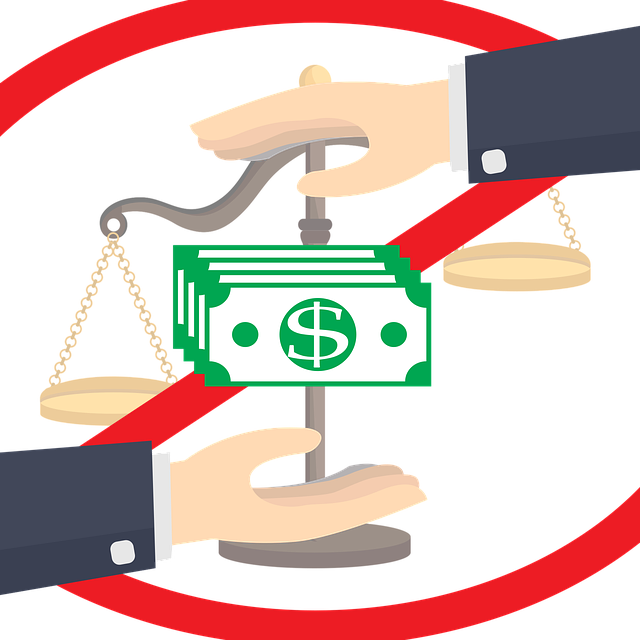In the bustling metropolis of London, where millions navigate daily, finding a meaningful connection can feel like searching for a needle in a haystack. While mainstream dating apps offer a vast pool of potential matches, they often leave us sifting through countless profiles that don’t quite align with our deepest interests. This is where niche dating apps come into their own, offering a refreshing and highly effective approach to building relationships and finding dating partners who truly get you according to https://techplanet.today/.
Imagine bypassing endless small talk about hobbies you don’t share and instead, diving straight into conversations about your shared passions. Niche dating apps do just that. They’re specifically designed to connect individuals based on unique interests, transforming the often-tedious dating process into an exciting journey of discovery. For many Londoners, these platforms are becoming the go-to for forging genuine connections that go beyond superficial attraction according to https://techduffer.com/.
Take Alikewise, for example, a haven for London’s book lovers. Forget generic prompts about your favorite color; Alikewise matches you based on your beloved authors, genres, and even reading habits. Picture meeting someone in a cozy London bookshop, knowing they share your literary soul. Conversations flow effortlessly, perhaps over a cup of tea, discussing the intricacies of your favorite classic novel or the latest contemporary thriller. This isn’t just about finding a date; it’s about finding a kindred spirit with whom you can explore the vast worlds within pages, creating a deep bond rooted in shared intellectual curiosity. It’s the perfect foundation for a relationship where late-night discussions about plot twists and character development are the norm.
Similarly, for the health-conscious Londoner, Sweatt provides a dynamic space to connect with fellow fitness fanatics. Whether your passion lies in scaling climbing walls in East London, cycling along the Thames, or hitting the weights in a city gym, Sweatt helps you find partners who share your commitment to a healthy lifestyle. This isn’t just about finding someone attractive; it’s about building a supportive network where you motivate and inspire each other. Imagine a first date that’s a challenging yet fun spin class, followed by an invigorating post-workout chat over a protein smoothie. These shared experiences not only foster physical well-being but also build a powerful sense of camaraderie, which is a vital ingredient for any lasting relationship. The beauty of Sweatt in London is the ability to find someone who understands the dedication required for your fitness journey and is eager to embark on it with you.
The allure of niche dating apps in London lies in their ability to cut through the noise. They recognize that true compatibility often stems from shared values and passions. By focusing on specific interests, these platforms empower Londoners to find meaningful connections that are far more likely to blossom into fulfilling relationships. No more endless swiping through profiles that don’t resonate; instead, you’re presented with a curated selection of individuals who already share a significant part of your world. This targeted approach significantly increases the chances of finding someone with whom you can build a truly deep and enduring connection, transforming the challenging London dating scene into a more manageable and exciting adventure.
